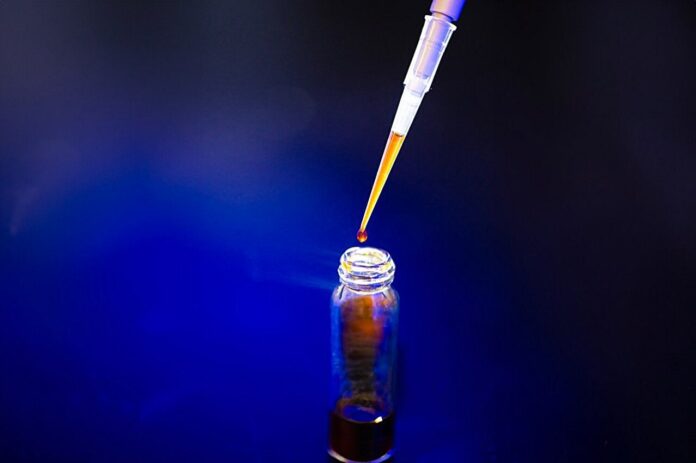Octopuses are amazing creatures that can change the colour and texture of their skin in a matter of seconds. They do this to camouflage themselves, communicate with other octopuses, or scare off predators. But how do they achieve this remarkable feat?
The secret lies in a special pigment called xanthommatin, which is found in the skin cells of octopuses and other cephalopods (such as squid and cuttlefish). Xanthommatin can change its colour when exposed to different stimuli, such as light, temperature, or chemicals.
A team of researchers at Northeastern University’s Kostas Research Institute (KRI) has been studying xanthommatin and its potential applications for human use. They have synthesised a version of this pigment and used it to create colour-changing materials, such as wearable patches that indicate sun exposure or paint that can switch colours when illuminated.
The researchers are fascinated by the speed and intensity of the color change in octopus skin, which is unmatched by any natural or artificial system. They want to understand how xanthommatin works and how it can be manipulated to create different effects.
One of their recent discoveries is that adding titanium dioxide, a common ingredient in sunscreen and paint, can enhance the colour change of xanthommatin. By varying the amount of titanium dioxide, they can control the rate and range of the colour change. For example, they can make the paint change from yellow to red in five minutes or in 24 hours, depending on the desired effect.
The paint can be applied to any surface using water or oil-based solvents. It can be used to create temporary art that changes with the environment, such as a mural that reflects the weather or the mood of the day. The paint can also be erased and reapplied as many times as needed.
The research was published in Advanced Science, a prestigious journal that features cutting-edge scientific discoveries.
The researchers hope that their paint can offer a more eco-friendly alternative to conventional paints, which often contain harmful chemicals that can pollute the air and water. They also hope to expand their colour palette beyond yellow and red and to give users more control over the colour change process.
The researchers are also interested in applying their xanthommatin-based materials to other domains, such as textiles, cosmetics, or sensors. They believe that octopus skin can inspire many innovative solutions for human needs.
Reference:
Cassandra L. Martin et al, Color‐Changing Paints Enabled by Photoresponsive Combinations of Bio‐Inspired Colorants and Semiconductors, Advanced Science (2023). DOI: 10.1002/advs.202302652
